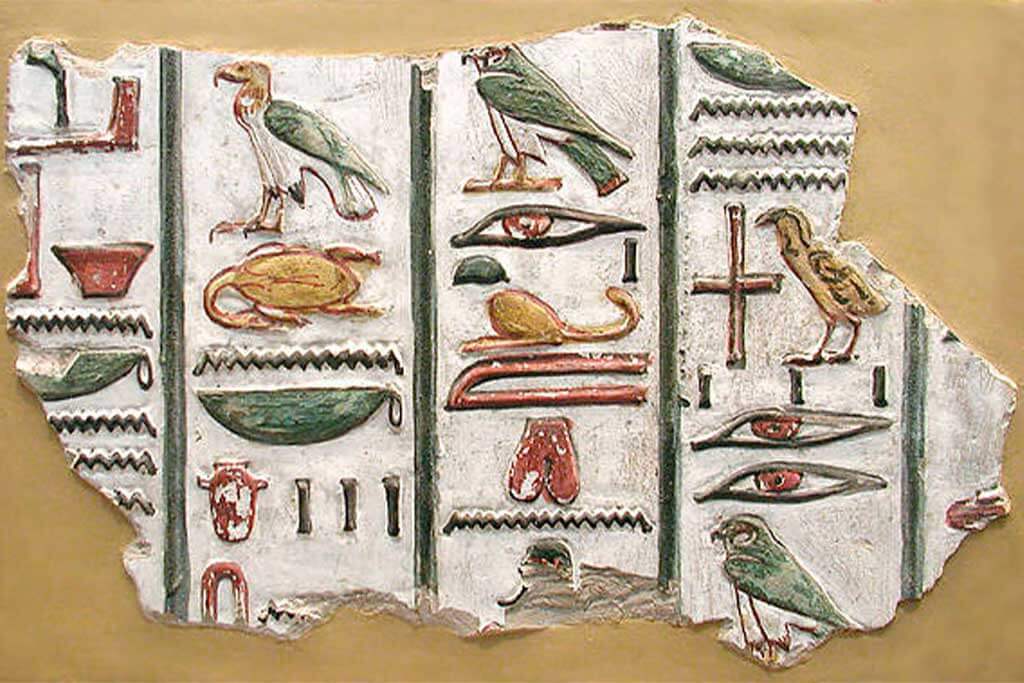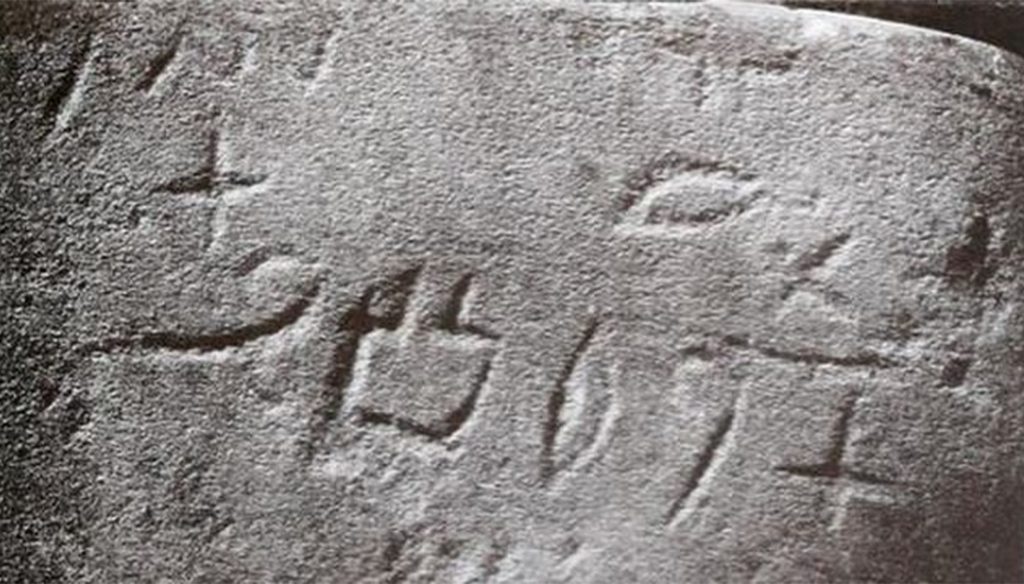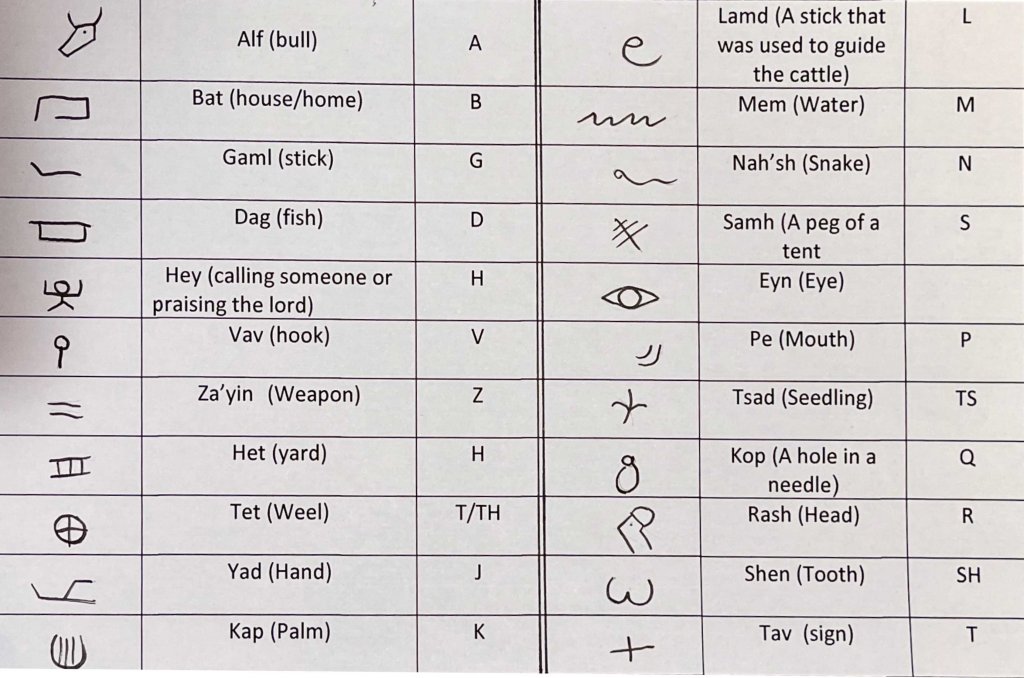Ancient scripts
The first Alphabet Brilliant Breakthrough
What is the first alphabet that is the source of the entire large family of alphabets today?
Today’s alphabet comprises a large family that includes many types of script: Latin script, Cyrillic, Hebrew, Arabic…
The family members are scattered almost all over the planet, on all continents.
It’s true. They live far. They have changed and grown apart.
I don’t remember, when is the last time Ge’ez script met Cyrillic for a coffee.
But there are family members who meet for a movie, for a short chit-chat on the street, for a long correspondence at the UN.
When the family is big, it is sometimes difficult to remember, who is whose brother, who was born first. Who is the first of his name? Who is Alphabet the first?
I can cut things short and send a DNA sample and check who is the father of all these scripts.
And I can also go on a quest …

So, I went out to do some Charles Darwin and find out the Origin of the species – of the Alphabet.
I boarded on a desert ship (man! It is uncomfortable, I forgot it is a camel) and set out for the desert which is the place for ingenious and revolutionary inventions. And in the case of the Alphabet, an invention that changed the face of humanity.
I rode south – down the map and back in time- 4000 years back to 1900 BC. The devices have long since stopped working, I hummed to myself ancient songs, on the way, to pass the time. I reached the area I was aiming for. I didn’t know what to expect, passing through colorful rocky landscapes in the big desert of Sinai.

Suddenly, in a middle of nowhere, I saw infront of me Spectacular and powerful sight –
a huge temple with many columns on which are engraved colorful and gilded hieroglyphic elements. Little pictures of birds, snakes, people, and stuff.

Serabit al-Khadim
I asked around.
This place called Serabit al-Khadim.
An Egyptian temple, just like that in the middle of the desert?
Not just like that.
The temple was built in honor of the goddess Hat’hor – the goddess of turquoise, for the digging expeditions in the nearby turquoise mines. The goddess has sometimes appearance of a cow with 2 horns on her head.
There, I met two guys at the end of a workday, sitting and watching the sunset, drinking a cold beer with a hint of hyssop, a little addition that will remind them of home.
Opposite to them – the magnificent Egyptian temple, decorated with colorful and gilded elements, twinkling in the setting sun.
A: This temple is spectacular.
B: Stunning.
A: Do you understand any of the character drawn on the temple?
B: I wish. I’ve been trying for a long time to find a lead. As far as I know, this is their way of communicating with their gods and it is impressive.
B: Do you miss home, to Canaan (A region of land that was later called the Land of Israel)?
A: Very much
B: But, you know, when Pharaoh calls you to work…
A: You’re coming
B: It is a good thing, that we, the Canaanite people are known for being expert in finding the turquoise. So, there are no complains, being a foreman in a mine, it’s a good livelihood.
A: Yes. But I’m worried. Who’s looking out for my family in Canaan? Who’s looking out for me here in these mines?
All I have is a small wooden carving of our cow goddess, and they have these crazy marks here.
No wonder that the Egyptians are so successful. It is clear, that their goddess blesses them.
B: No problem, go down to the mine and draw a cow on the walls. “Ba’alat” the goddess will hear you and take care of you.
A: You are funny. Drawing a cow in a cave is so prehistoric man. We are the future; we are the generation of 1840 Before the Count. I want to write my name so that Goddess will remember me and bless me all the time, even when I am on the road
B: Let’s try to take some of these Egyptian signs. Let’s take elements that we know, like the snake for example or the eye?

Petrie, Public domain, via Wikimedia Commons
Who first invented the alphabet?
Researchers speculate that the people who invented the first alphabet were mine workers from Canaan, who worked in the turquoise mines in Sinai for the Egyptians. The hieroglyphs were very complex to read, but these impressive Egyptian inscriptions inspired the creation of the signs of the first alphabet.
The first Alphabet – The Proto-Canaanite script
The great and one-time invention. Each word was composed of several drawings. Each drawing represented only the first sound of the word.
If the Canaanites wanted to write the word ABBA, first they will draw a bull (Alf in Canaanite language). The drawing of the Alf (bull) is related only to the sound “A” and not related to the meaning of the painting. A drawing of a building (Bat in Canaanite) gives us the sound B. The word ABBA consists of the drawings: Alf, Building, Building, Alf.

The method of the Proto Sinaitic script (and later the Canaanite script) was so simple that people understood it naturally, without schools or instruction books and so it spread throughout the area.
It was customary to go to temples and do graffiti on the walls. People engraved their names in Canaanite letters on the walls of the temple. Religious leaders even encouraged this behavior as part of God’s work.
The uniqueness of it is that the Canaanite script did not evolve to document how many taxes the king was paid, or to glorify his successes in the war. Nor was it known only to people among the king or upper class, as in Egypt. The scripture was invented to fulfill the spiritual need of the individual – simply to express prayer.
* I have read information on the subject from many sources of information. I was mostly impressed and influenced by the articles of the Israeli professor of Egyptology, Orly Goldwasser. We have no connection, and she is not responsible for my understanding of her research.

